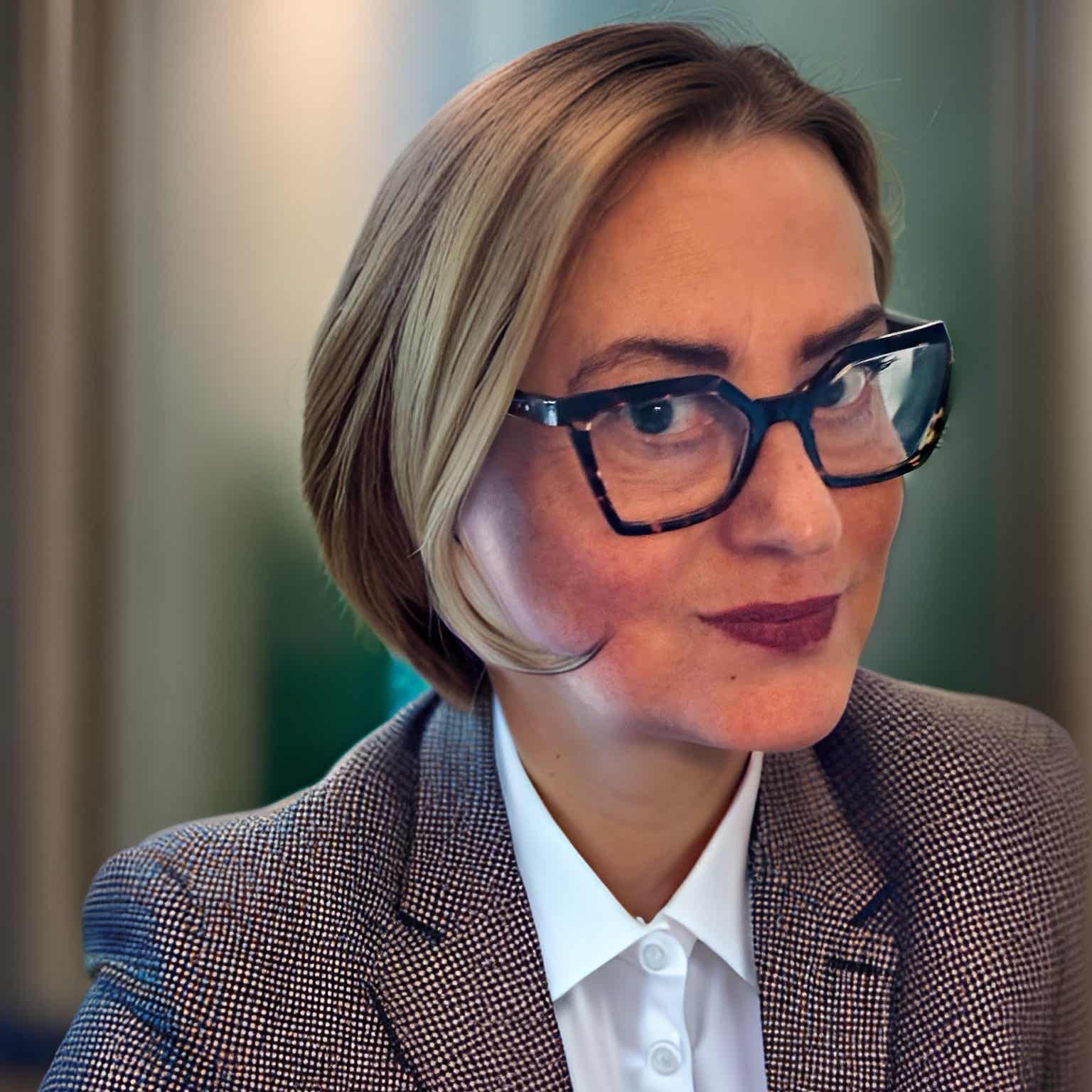 |
The BriefTHE BRIEF. For everything you always wanted to know about multilateralism. Subscribe. Copyright: Maya Plentz Author: Maya Plentz
Hear first hand from the diplomats, tech executives, investors, UN and EU officials that are changing the world through dialogue and are using emerging technologies for good. theunbrief.substack.com Language: en Genres: News, News Commentary, Tech News Contact email: Get it Feed URL: Get it iTunes ID: Get it |
Listen Now...
From the Archives | The Digital Transformation of Government Institutions in Sub-Saharan Africa
Wednesday, 30 July, 2025
In this editionIan Richards on Digital Government This is a public episode. If you'd like to discuss this with other subscribers or get access to bonus episodes, visit theunbrief.substack.com/subscribe










